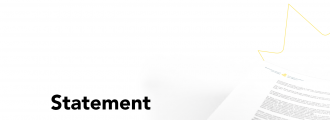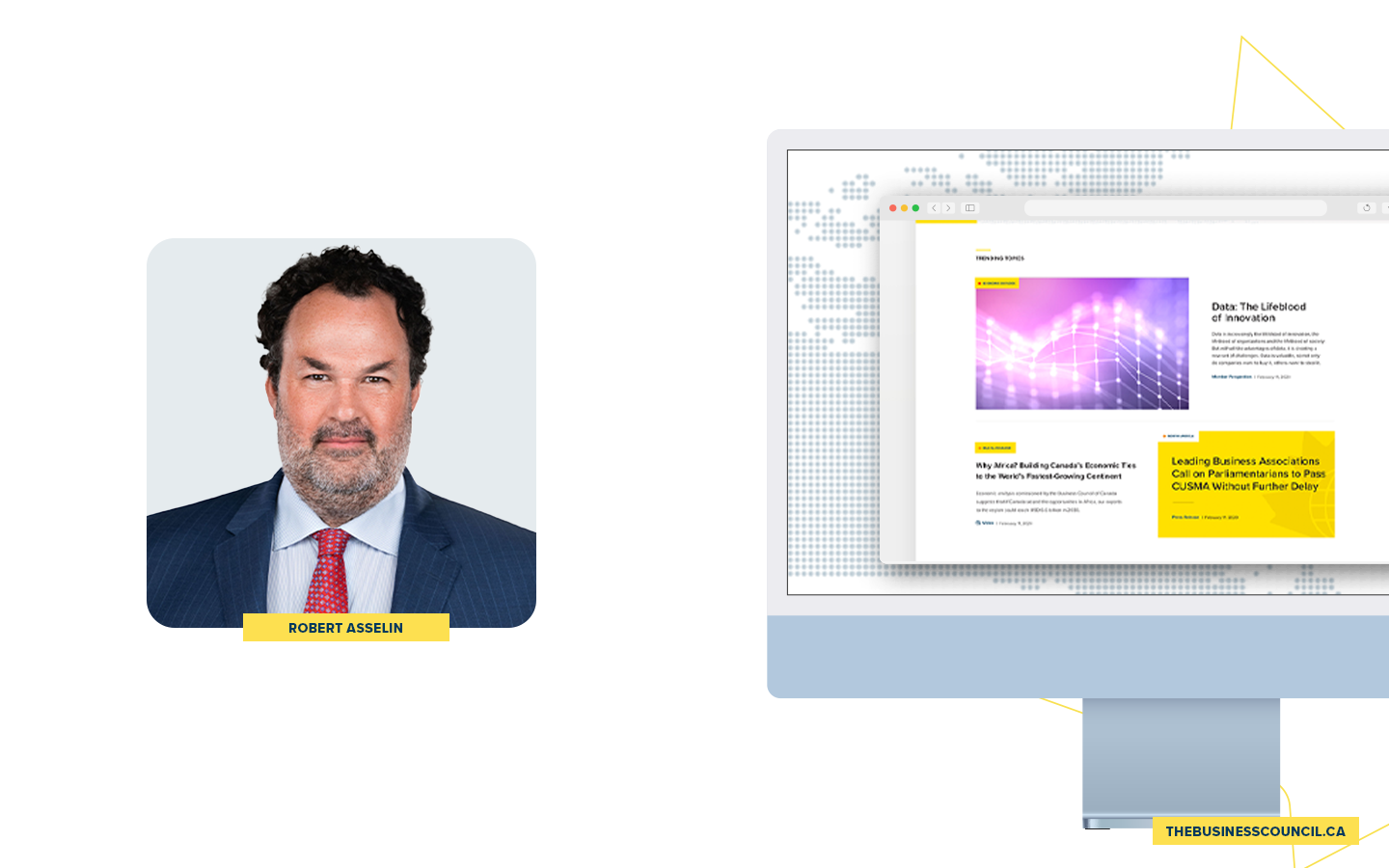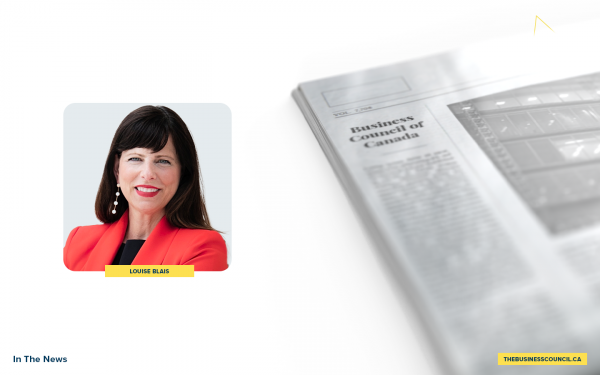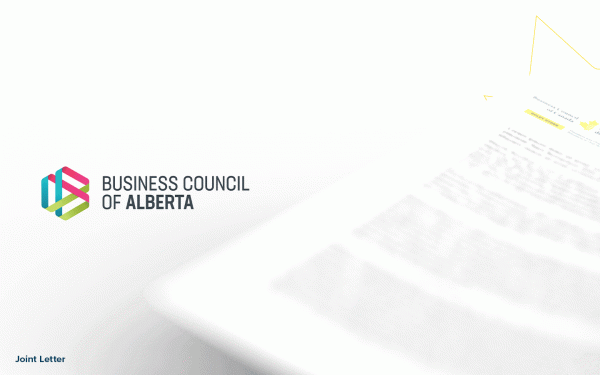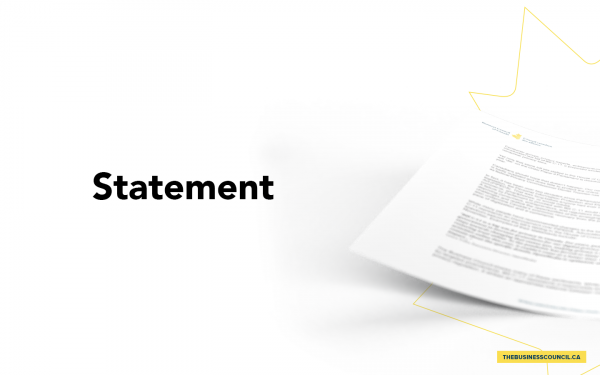Liberal budget fails the confidence test: fiscal policy, taxes and economic growth is getting worse
As published in The Toronto Star
Instilling confidence in the Canadian economy is the top priority for any Finance Minister. This isn’t accomplished through daily announcements, but with sound and thoughtful public policy. Regrettably, this week’s federal budget fails the confidence test.
On fiscal policy, taxes, and economic growth, the budget plan presented by Chrystia Freeland last week represents a significant deterioration from where we were prior to the budget. And to be clear, we were already in a bad spot. For the last six quarters, our GDP per capita has been trending down. Our productivity numbers keep getting worse.
The government is fast approaching the end of its own imaginary runway. Nevertheless, in a higher interest rate environment, it chose to add $57 billion in new spending over five years. The government says it will now spend $95 billion more in 2024-2025 than it once projected for the same fiscal year in the 2021 budget.
It turns out numbers matter after all. Next year, all the money Canadians pay in GST will go toward one thing: paying the interest on our past debt. That’s right, all $54.1 billion. Debt servicing costs for past debt are already taking more than 10 per cent of government revenues and that number is bound to climb higher.
But some will argue that more “investments” are needed by the government. The problem with all those claims is that returns on investments (i.e. more spending) have been very weak post pandemic — and the spending very unfocused. Our economy is now, more than ever, tied to higher consumption and is becoming less and less productive: 84 per cent of Canada’s GDP is now represented by housing, consumer spending, and current government spending.
On taxes, the budget sends a terrible signal. By raising the capital gains inclusion rate, the government admits it has a spending addiction. The consequence of keeping the taps open are costly: not only is the finance minister making the fiscal framework shakier going forward by growing our structural deficit (don’t believe the rosy projections), it raises taxes on private investment at a time when we need it the most.
The tax fairness argument is frankly a weak one. It fails to recognize that capital not deployed in the Canadian economy is a net loss. We compete on capital with our neighbour, the United States, and taxing returns on capital at much higher levels will worsen our competitiveness and productivity crisis.
For entrepreneurs, innovators, risk-takers, businesses and investors, the message couldn’t be clearer: your money is not welcome here. Redistributing wealth through Robin Hood short-term electoral politics will not fool anyone. Each dollar that is not invested in the Canadian economy has negative consequences for Canadian workers. It lowers their wages, their retirement savings and living standards.
On regulatory reform, the government keeps stalling. We don’t need more committees, we need action. The energy transition is at stake. We risk losing significant private investments if as a county we don’t get our act together.
In a speech just weeks before the federal budget, Bank of Canada Deputy Governor Carolyn Rogers issued this warning shot about Canada’s productivity problem: “You’ve seen those signs that say emergency, break glass. Well, it’s time to break the glass.”
Progress is a choice. Canada is not a basket case. A long-term focus on innovation, science and technology — not just isolated announcements — is necessary to improve our productivity and our competitiveness.
The responsibility of policymakers is to deliver a sound business investment for economic growth. But what’s needed most of all is a government that sees the private sector as a partner, as opposed to a problem.

